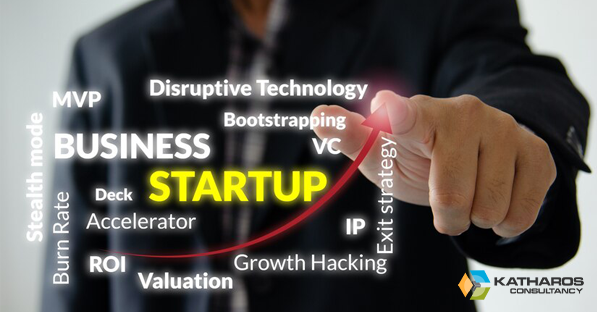Best Practices for Lean Startup: Build and Test Ideas Efficiently
by Sovina Vijaykumar

Starting a new business can be exciting and daunting, especially without a proper plan. Launching a business without a solid strategy can lead to failure since building a business requires time, money, and resources. Luckily, the Lean Startup Methodology provides a framework for quickly and effectively developing and testing new ideas.
What is the Lean Startup Methodology?

Eric Ries created the Lean Startup Methodology, an entrepreneurial approach that minimizes waste and maximizes learning. It’s a methodology that allows entrepreneurs to build a successful business with fewer resources and risks. Three principles revolve around the Lean Startup: Validated Learning, Build-Measure-Learn, and Pivot.
Validated Learning: Instead of assuming that the product will be successful, the Lean Startup Methodology focuses on validating assumptions and testing hypotheses through experiments and customer feedback.
Build-Measure-Learn: The Lean Startup emphasizes iterating quickly by building a minimum viable product (MVP), measuring its success through metrics, and learning from customer feedback.
Pivot: Based on the feedback received from customers, the Lean Startup Methodology encourages entrepreneurs to pivot, or change direction, if necessary, to ensure the success of their business.
Best Practices for the Lean Startup Methodology
To maximize success with Lean Startup Methodology, here are the best practices to follow:
Start with a problem, not a solution: The Lean Startup emphasizes starting with a problem rather than an unnecessary answer. Entrepreneurs can solve a real need by identifying a problem and validating its existence through customer feedback.
Build a minimum viable product (MVP): The Lean Startup Methodology encourages entrepreneurs to build a minimum viable product (MVP) that is just good enough to satisfy early adopters. This approach reduces waste and enables entrepreneurs to test assumptions and quickly obtain customer input.
Measure success through metrics: The Lean Startup Methodology emphasizes measuring success using metrics. Entrepreneurs can make data-driven decisions about their businesses by setting measurable goals and tracking progress using metrics like customer acquisition, retention, and revenue.
Test assumptions through experiments: The Lean Startup encourages entrepreneurs to experiment and test their hypotheses. Entrepreneurs can validate their theories by experimenting and gathering customer feedback.
Real-Life Examples of the Lean Startup Methodology in Action
Several businesses have successfully used the Lean Startup Methodology to launch and grow their ventures. Here are a few examples:

Dropbox: Dropbox is a cloud storage company that used the Lean Startup Methodology to launch its business. Instead of building a full-featured product, the company launched with a minimum viable product (MVP) that allowed users to store and share files. Dropbox used customer feedback to improve its product and developed a cloud storage solution now used by millions worldwide.

Airbnb: Airbnb enables homeowners to rent their homes to travelers through a platform. The company used the Lean Startup Methodology to launch its business by building a minimum viable product (MVP) that allowed homeowners to post their properties online. Using customer feedback, Airbnb iterated on its product and developed a full-featured platform now utilized worldwide.

Zappos: Zappos used the Lean Startup Methodology to launch its online shoe and clothing retail business. It started with a simple website and a warehouse full of shoes as a minimum viable product (MVP). Zappos relied on customer feedback to improve its offerings and build a full-featured online store. Zappos’ customer-centric approach has made it one of the world’s most successful online retailers.

Instagram: Instagram is a social media platform that used the Lean Startup Methodology to launch its business. The company started as a location-based social network called Burbn. After users provided feedback that the app was too complicated, the founders pivoted and focused only on photo sharing, leading to the creation of Instagram, one of the world’s most popular social media platforms.
Conclusion
In conclusion, the Lean Startup Methodology offers entrepreneurs a framework for developing and testing new ideas quickly and efficiently. By focusing on validated learning, building a minimum viable product (MVP), measuring success through metrics, and testing assumptions through experiments, entrepreneurs can minimize waste and maximize their chances of success.

Lean Startup Methodology helped Dropbox, Airbnb, Zappos, and Instagram launch and expand. Identify a problem, build MVP, measure metrics and test assumptions. It’s a valuable tool for entrepreneurs to create innovative solutions and disrupt industries.